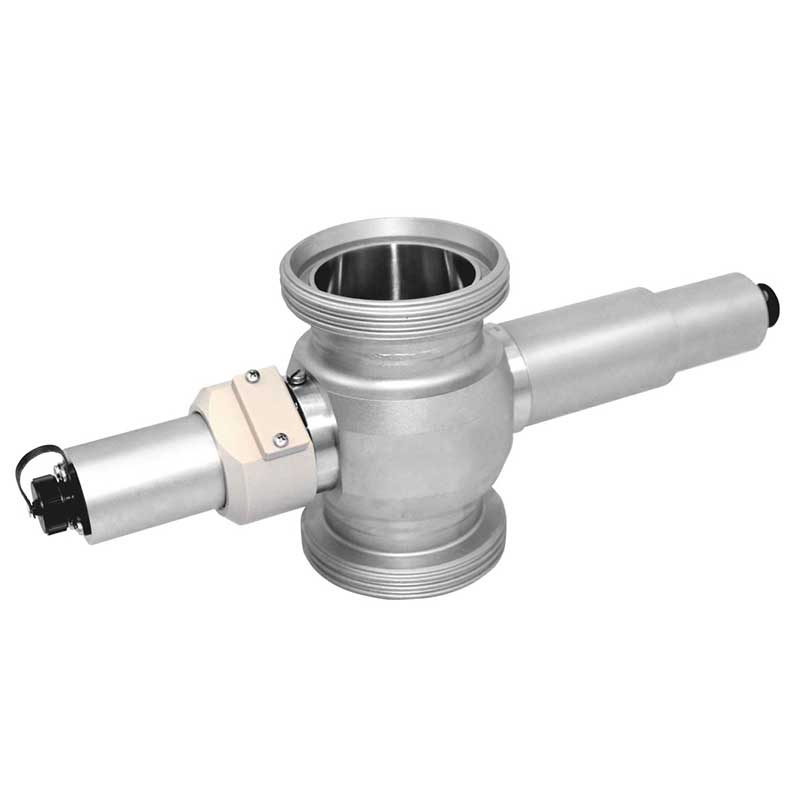optek Colour Measurement

Colour measurement is originally based on comparison to existing colour standards, like real examples, tables etc. The human eye was the very individual indicator for a colour e.g., already being green or still being yellowish. A reproducible distinction of colors is impossible, if it is not measured under defined conditions. The visible wavelength range is around 380 to 740 nm, whereas UV and NIR cannot be seen by human eyes.

There are several colour definitions, such as RGB (additive coloring) or CMYK(subtractive coloring). Beside the colour itself there are parameters describing differences: brightness, saturation and gloss.
For instance, for safety and traffic signs the DIN EN ISO 7010 gives a definition of colours to be used. There are many norms with color definitions for almost any product. However, if in the industry two products should be compared to have 100% the same colour, it is obvious that a precision measurement technique is needed to check for reproducible colours. The quality control is one important use case for colour measurement.
If a cleaning step (CIP) is started, a colour sensor can quickly identify, if coloured sample is still present in the production line, or if the pipes and vessels are clean. Product differentiation is another example:

VIS / Colour Sensors
AF26 VIS/NIR Sensor
Dual Channel VIS/NIR Absorption Sensor
The AF26 is a high precision dual channel colour sensor for inline operation; the secondary wavelength is designed to compensate the desired light absorbance measurement from any undesired light scattering influence, such as suspended solids, gas bubbles, immiscible fluids or window fouling. The AF26 sensor’s output can be correlated to almost any colour scale including APHA and Hazen.
Used For
- Colour scales:
- APHA / HAZEN / Pt/Co colour
- AOCS (Method Cc 13b-45) color
- ASTM (D1500) colour
- EBC colour
- ASBC colour
- Gardner (ASTM D1544) color
- ICUMSA colour
- KLETT colour
- Reference Base Unit (RBU, colour)
- Saybolt (ASTM D 156, D 6045) colour
- Concentration control of
- chlorine and chlorine dioxide (gas and liquid)
- of metal ions (Iron, Chromium, Copper, Nickel, Cobalt, Manganese, etc. ) in Plating industry
- Drinking water treatment (APHA colour)
- Coloured waste water monitoring (e.g., Textile industry)
AF16-F Colour Sensor
Single Wavelength VIS Absorption Sensor
High precision sensor for direct installation into pipelines measuring VIS or NIR light absorption of various liquid samples. Wavelength and optical path length can individually configured to meet the process control requirements with the highest accuracy.
Used For
- Colour scales:
- APHA / HAZEN / Pt/Co colour
- ASTM (D1500) colour
- EBC colour
- ASBC colour
- Gardner (ASTM D1544) colour
- Colour control
- for interface detection
- in industrial waste water
- for metal concentration in plating industry
- of Haemoglobin, e.g., medical / pharmaceutical
AF56-F Colour Sensor
Single Channel Colour Sensor
AF56-F is a high quality sensor for direct installation into pipelines measuring visible (VIS) light absorption of various liquid samples at a specific wavelength of 430 nm. The optical path length (OPL) can be individually configured to meet the process control requirements.
Used For
- Colour scale:
- CU (concentration units)
- Colour monitoring
- of CIP processes
- for interface detection in beverage production
VIS / Colour Probes
 Single Channel VIS Absorption Probe
Single Channel VIS Absorption Probe
The AS16-F is a high precision absorption probe for direct installation into pipelines and vessels measuring visible (VIS) light absorption in liquid samples. Wavelength and optical path length can be individually configured to meet the process control requirements with the highest accuracy.
Used For
- Colour scale:
- CU (concentration units)
- Colour control
- for beer / water phase separation




 Single Channel VIS Absorption Probe
Single Channel VIS Absorption Probe Single Channel VIS Absorption Probe
Single Channel VIS Absorption Probe